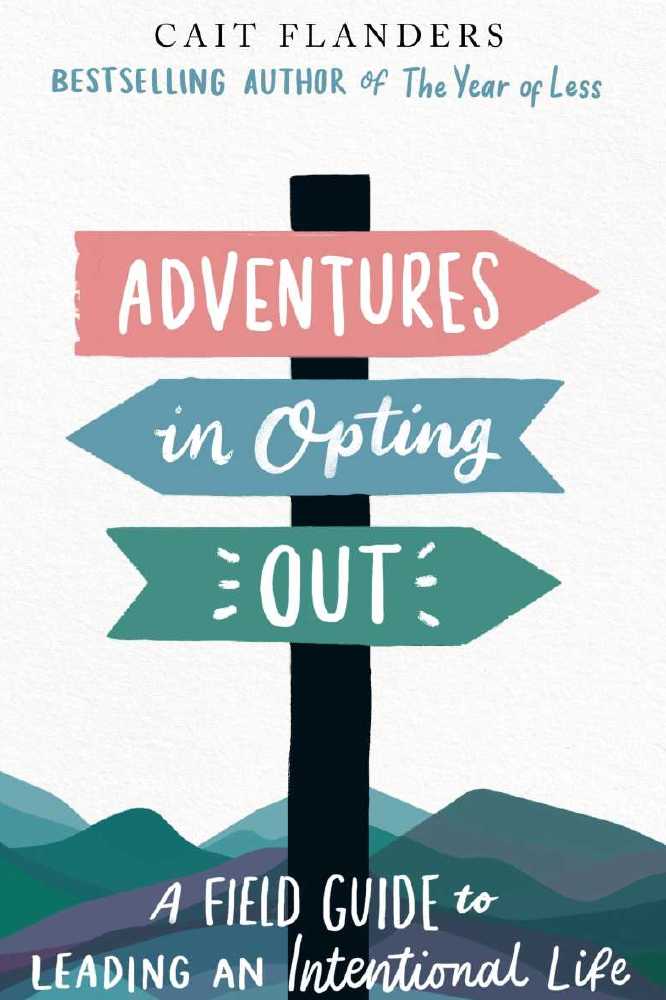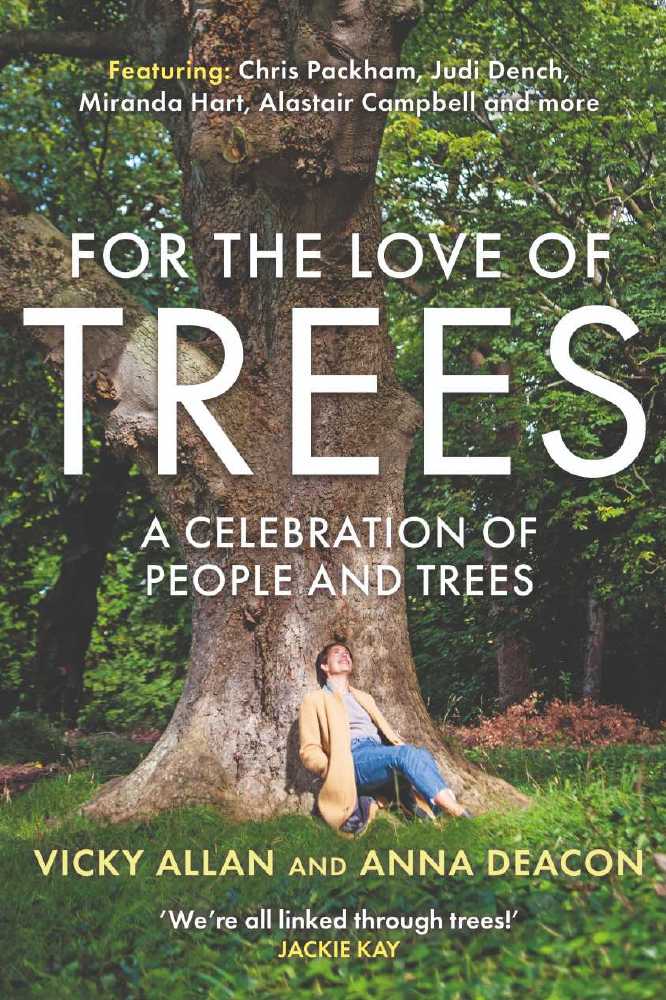Since 2020 has kept us all a little closer to home, I have been reflecting on all the travel I was able to do before the pandemic. Specifically, how I spent most of 2019 in the UK, after giving up my apartment in Canada and deciding to finally try what I’d always wanted to do: travel full-time.

Adventures in Opting Out by Cait Flanders
Having already been self-employed as a writer for many years, and still having the freedom of not having a partner or kids, the planning was fairly simple: all I had to do was pack, book a flight and places to stay, and go. I told myself I didn’t have to travel forever (and thank goodness, or I would be even more upset about having to change my plans and return home this year). I just told myself to try it.
If I had written about the lessons I learned from that trip a year ago, this article might be more about the logistics of making it work. Now that we are where we are, I thought these lessons might be more helpful:
We need new experiences mixed into our routines.
The top reason so many of us travel is to see what life is like in other parts of the world. We crave new sights and new sounds—and we take what we see and learn home with us. It’s also believed that experiencing new things actually changes our perception of time, making the months and years seem to go by slower and feel more memorable. Is that true? I can’t say for sure. But in a year that has literally kept many of us inside our homes, doing the same thing almost every day, it’s been surprising to look back and think about how quickly the time has passed.
Instead of simply waiting for this to “end,” I’ve been trying to add more new experiences into my weeks. It started with new recipes, like everyone else! But has turned into simpler things like: reading books out loud rather than in my head, taking an online class in fiction writing, and researching some of the plants and trees I’ve always seen but never paid attention to. I’m not saying it’s the same as getting on a plane and exploring a new city on foot! But I get to the end of each week and feel like I’ve done something new—and that feels good right now.
RELATED: How to be kind to the minimalist in your life
You might actually be happier doing less.
Let me preface this one by saying that this doesn’t mean you need to be happy about what this particular year has looked like, because you don’t. But if there’s one thing I’ve learned from practicing slow travel, it’s that I much prefer the days where I allow myself to do less, not more. Racing around from one tourist attraction to the next and being surrounded by crowds everywhere you go exhausts me—much like when I’m trying to stay on top of countless commitments at home. Going slower is easier to manage and more fulfilling. It might involve seeing fewer people, but we make more meaningful memories together. Bonus: my mental health is also better off, when I give myself permission to slow down. When this is “over,” I don’t want to rush back to how I was doing things before. This pace feels healthier.
Don’t be afraid to experiment with your life.
Finally, one of the best things about travelling—especially solo—is that you get to be whoever you want to be. That means you can either be more of yourself than you feel like you can be at home, or you can try on new identities and imagine what it might be like to be someone else. Maybe someone who is a little more spontaneous or adventurous than you are in your regular daily life. Of course, it’s always been true that we could do this at home, as well. But one of the many truths this year has brought to the surface is that nothing stays the same forever—and that might be giving more of us the courage to experiment every day, rather than just on holidays.
There’s often a concern that if we make a decision to change something about the way we live that we must a) do it perfectly and b) do it forever. Neither of these concerns are true, but are instead stories we tell ourselves based on our fears. The fear of not fitting in, the fear of going off on our own, the fear of being left behind. We don’t want to be alone, so we stick to what we know—but it often leaves us feeling stuck. Fortunately, there is another way. What if you could reframe your idea to: I’m just trying something new! Doing a little experiment. Seeing how it goes! Does that sound a little less scary? Who knows: if you shared that with your loved ones, maybe they’d want to try an experiment in their own life too. Wouldn’t that be a fun topic for your next phone call.
Cait Flanders is the author of Adventures in Opting Out: A Field Guide to Leading an Intentional Life, published on 15th October by Trigger Publishing, priced £12.99, available online and from all good bookstores.
RELATED: Seven things you never knew about trees by Vicky Allan and Anna Deacon
Trees support each other. They do this by sending nutrients through an underground fungal network. Even a stump can be kept alive by the surrounding trees, as German forester and author Peter Wohlleben discovered when he came across such an old stump, of a tree that had been felled five hundred years previously. “When we thinned the bark of the stump with a knife,” he told us, “the green layer shined up and this is always the sign of living tissue. We saw that it was still alive. That the stump was still living means it must get its energy from somewhere, and the solution was that the surrounding trees support this old stump through their root systems with sugar…”... to read more click HERE


